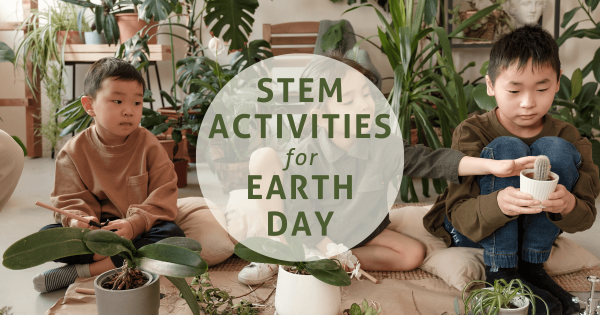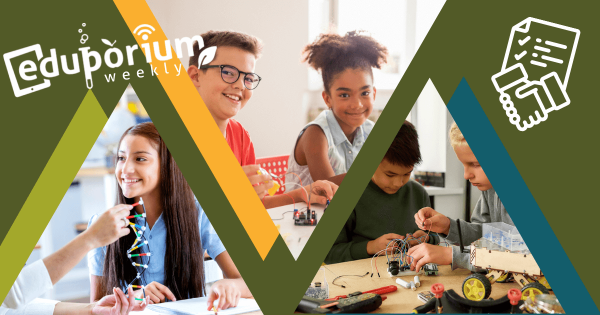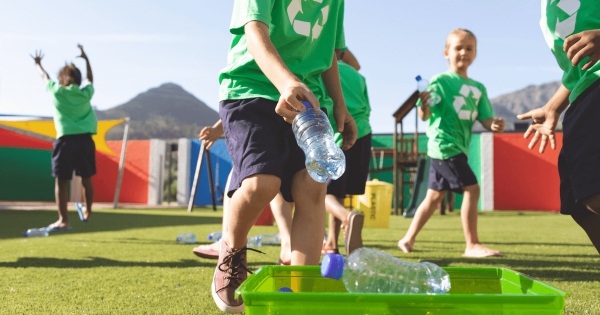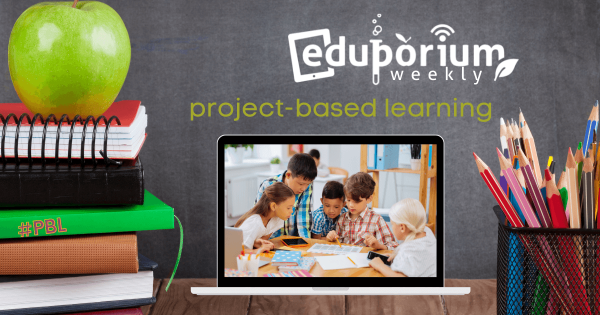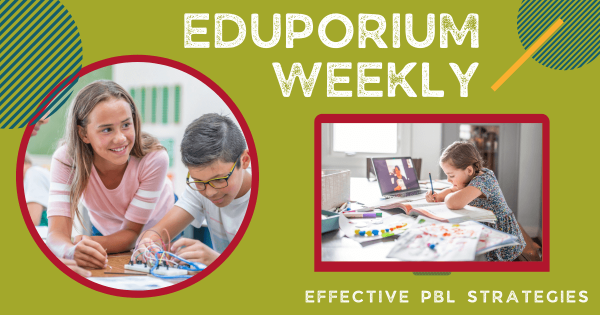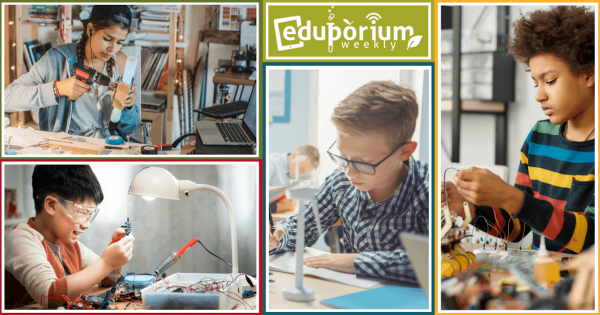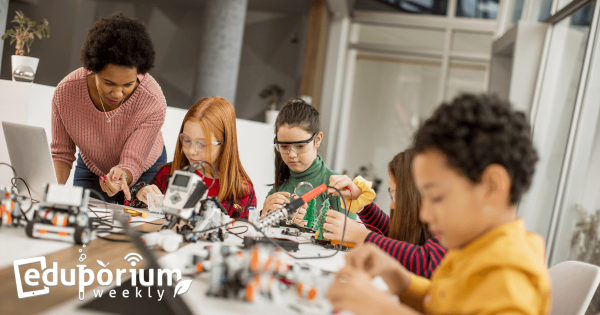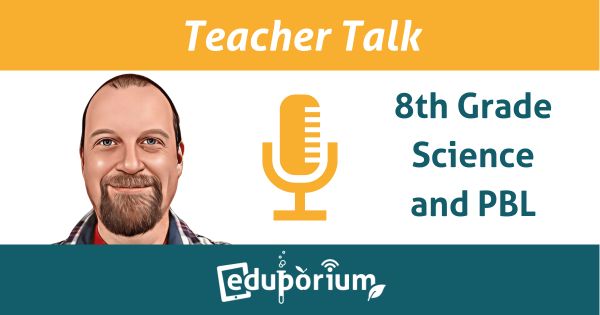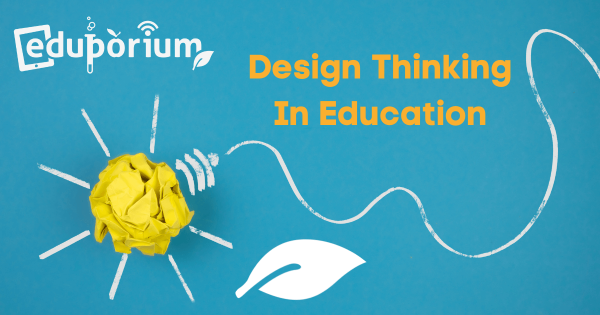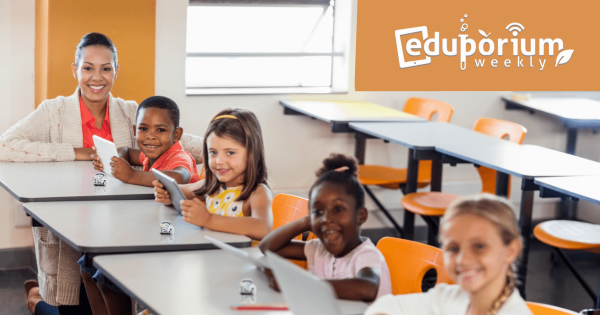Earth Day is the perfect holiday to apply the concepts of STEAM education and project-based learning. After all, the central goal of each opportunity is for your students to apply creative and innovative thinking while working to solve real-world community problems. Plus, Earth Day classroom activities can help all educators highlight the critical importance of going green.
PBL
-
Eduporium Weekly | Using PBL In Relationships And Connections
Since they are so group-oriented, project-based learning experiences truly help students develop more than academic skills. They often learn to build up connections with their classmates, their communities, their teachers, or their work. And, this also helps kids learn to take greater pride in what they are doing, knowing they can positively impact others’ lives and their own.
-
The Best STEM Tools To Foster Environmental Awareness
Fostering environmental awareness in children could take many forms. We have identified some EdTech tools that truly help kids approach ecological learning from different perspectives. They can capture data from the world with robots, take their coding outside, use sustainable tools, and complete hands-on projects on renewable energy while expanding their eco literacy!
-
Eduporium Weekly | Rewards Of Cross-Curricular PBL
Discovering connections through active experiences is a chief cornerstone of PBL and helps students establish authentic feelings for their causes. As such, knowing the impacts these connections can have among children is key for the educators who are leading them. And, this is especially true as they leverage them across the curriculum to connect different subjects.
-
Eduporium Weekly | Strategies For Effective PBL Instruction
Project-based learning, as you might know, is a quite effective approach to instruction that’s often tied to increased community involvement and active collaboration among students. So, we’re exploring what may help teachers get PBL right, tips for implementing successful projects, and ideas for how to best leverage EdTech tools to generate ideal results.
-
How Teachers Can Help Foster A STEM Mindset In Students
There are, of course, many different pedagogical approaches that can lead to effective instruction. These days, teachers might be fond of promoting a growth mindset, a maker mindset, or perhaps even instilling a collaborative mindset in children. Whatever buzzwords we toss around, however, they’re only as effective as the purposeful teaching techniques that result.
-
Eduporium Weekly | Makerspace Tips Across Grade Levels
If you mostly focus on introducing elementary school students to MakerEd, it could potentially involve a much more simplistic start. Then, once they’re into middle school, children can start to create their own valuable MakerEd experiences. And, by the time they transition to high school and more fully grasp the essence of making, it’s up to them to impact their communities.
-
Teacher Talk | 8th Grade Science And PBL
Through project-based learning, children get to see concepts in action and build up a bigger variety of vital SEL skills like teamwork and responsibility. Science teacher Jeremy Jorgensen knows all about these benefits. For this new Teacher Talk feature, we discussed how he incorporates PBL activities in the classroom and the skills kids develop from hands-on experiences.
-
Eduporium Weekly | Using Design Thinking In Education
To create environments and experiences that are conducive to helping kids build design thinking skills, there are a few key areas that educators should focus on. Since a K–12 makerspace, for example, is a notably open-ended environment, combining play-based exploration with design thinking could be effective, especially when compared to traditional instruction.
-
Eduporium Weekly | Creating A School STEM Program
While we don’t want to place too much pressure on any educators starting new STEM programs, there are some key suggestions we can provide. The first of those is to decide on and define the direction of the STEM program, including its identity, purposes, and objectives, which often means that the learning experiences should reflect real-world problem solving.




